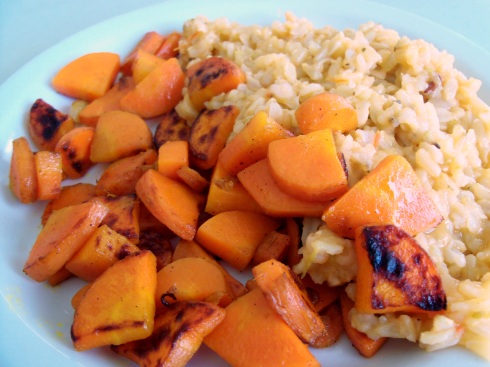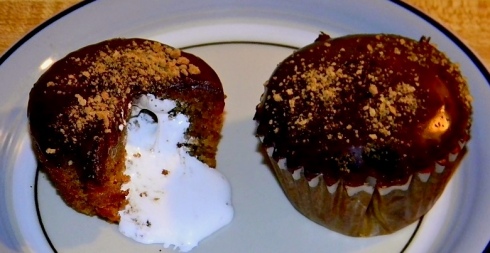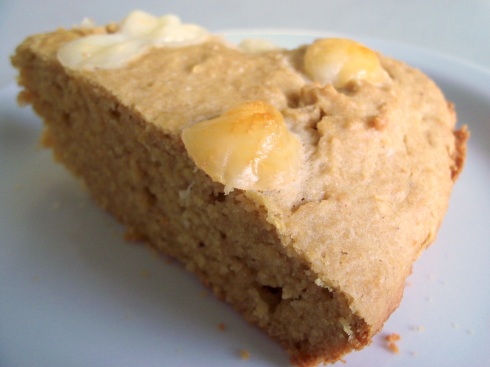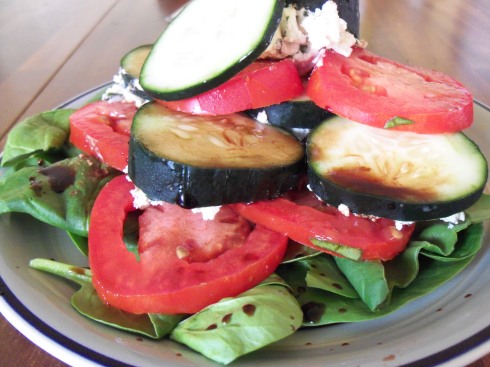Hello everyone!
I just wanted to mention that my life has been whirlwind-hectic over the past two weeks, hence the lack of posting. Very exciting things have happened, though!
My AmeriCorps contract ended August 1st. For all intents and purposes, I expected to spend a good amount of time post-AmeriCorps bumming about in Michigan, desperately looking for work (aka 4-5 hours a day of writing cover letters while sitting on my parents’ couch watching on-demand episodes of True Blood), or maybe full-time babysitting for my niece (aka writing cover letters in between feeding, changing, and reading to the squishiest, cutest little 9-month-old nugget I have ever seen).
And while I am slightly sad that I won’t get a little bit more time in Michigan, I am happy to report that neither of the above scenarios are going to happen: on my last day in Watsonville, I got a call from an organization in Chicago asking me to come in for an interview. So two days after I set foot in Michigan, I was boarding a train for Chicago. I spent an awesome 4 days there, had 2 job interviews, and am happy to report that I will now be employed at an amazing nonprofit in Chicago!
I start on the 22nd, so the next few days are going to be a chaotic adventure of trying to find a place to live and get my bearings in a city that has 100x the people that my last city did. It will be a major adjustment going from a sleepy west coast farming town with 40,000 people in it to the 3rd largest city in the USA, but I am ready for the challenge.
Unfortunately that means that this blog is going to be pretty sporadic until I get settled. For now, here’s another recipe from the cookbook: a simple, healthy homage to Watsonville and excellent Mexican food:
Vegetable Egg Tacos:
3 whole eggs and 3 egg whites
1 onion, chopped
1 1/2 cups sliced mushrooms
3 roasted poblano or pasillo peppers, seeds removed (you can buy these already roasted, but I usually roast my own)
1 cup fresh spinach, chopped
8 corn tortillas
Cut the roasted peppers into strips. Set aside.
In a frying pan with maybe a teaspoon of oil, sauté the onions and mushrooms until the onions are translucent. Add the eggs and continue mixing until they are cooked through. Turn off the heat about 2 minutes before you think they’re done, they will continue to cook a bit.
If you have a gas stove, heat the tortillas by putting them, one at a time, directly over a medium flame. Use tongs to flip them, unless you’ve had a lot of practice. I started learning how to flip tortillas over open flame when I was a little girl, but that’s not to say I haven’t burned myself slightly once or twice. So be careful!
You can also heat the tortillas in a frying pan or steam them, but the above method is my preferred one.
Once you have one tortilla heated to the point where it’s flexible enough to roll, put some of that egg mixture, a few pepper strips, and some fresh spinach inside. Let the heat from the eggs wilt the spinach a teeny bit. This makes enough for 8 tacos, if you couldn’t figure that out by the fact that the recipe calls for 8 tortillas.
Notes:
If you want to roast your own peppers, it’s pretty easy:
Gas stove – simply place peppers directly over the flame of your stove, turning until all of the skin blisters and turns black. Don’t do this too long, though, or you’ll burn more than just the skin, you’ll burn the flesh inside as well. Let them cool, then just slide the blackened parts off of the pepper. Voila!
Electric stove – rub the skins of the peppers with a bit of oil, then place in broiler, turning to make sure all of the skin gets blistered and burnt. Again, careful to burn the skin and not the flesh inside – the oil really expedites this process, so keep an eye on your peppers – they shouldn’t take very long.
Vegan version – Instead of eggs, use some firm tofu mashed with a fork and maybe mixed with some paprika, turmeric and pepper.










